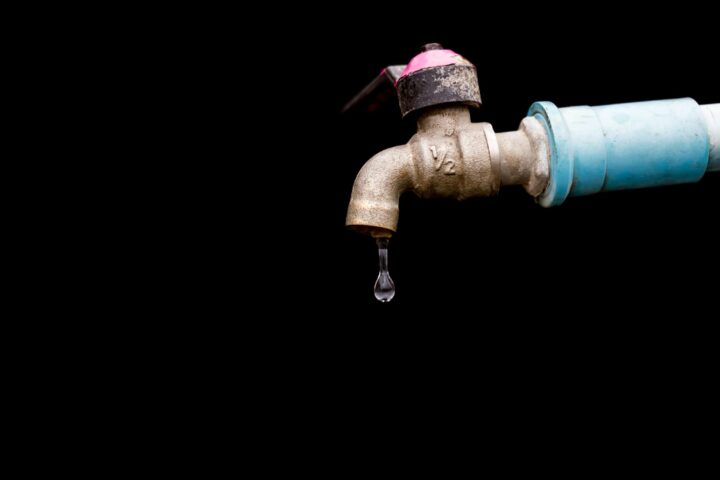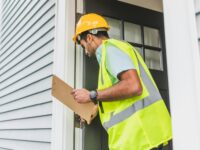The following contribution is from another author.
Having a regular home maintenance routine is important for all Sydney property owners. Checking important fixtures at set intervals lets you catch problems early, allowing you to deal with them before they develop into a full-blown crisis. One type of problem that you ought to check for regularly is a fluid leak, but this can be tricky because leaks may happen in inaccessible areas. Here are some ways you can work leak monitoring into your property maintenance routine.
Why Leak Detection Matters
The reason why leak detection in Sydney properties is so important is because leaks compound over time. What starts as a small inefficiency that causes a small increase in your water bill will inevitably turn into a destructive mess that entails a hefty repair bill. It’s a matter of when, not if. Leaking water is also a health hazard. The moisture it creates can lead to mould, and in severe cases it could damage wooden structures in your property.
Map Areas To Inspect
While there are some types of home maintenance that you shouldn’t do yourself, you’re safe to add a simple leak inspection into your maintenance routine. The first thing you should do in order to integrate this new element is list all of the areas where you should check for leaks. Think about where they are most likely to happen, such as under sinks, behind toilets, and other places with exposed pipes.
Decide on the Frequency
This doesn’t have to be complicated. You can just choose an interval that suits your lifestyle, but bear in mind that household leaks can happen at any time and progress quickly, so don’t leave too long between checks. A good basic plan is to do visual checks in high-risk areas, like those listed above, once a week. Then, once a month or so, you might take a deeper look by running your hands around the pipes.
Know What Signs to Spot
Even your monthly in-depth check can take as little as five minutes. The trick is just to know what you’re looking for. Water spots, rust, and mould are telltale signs of leaks, and you may want to take some photos if you spot them. This could help you or a professional plumber diagnose the issue. Other things to pay attention to are patches on walls, floors, or roofs that are cold, wet, or dark, as well as musty smells.
Update Your Routine Often
Once you’ve successfully added these checks to your maintenance checklist, be sure to do extra ones or make adjustments when needed. If you’ve just had something fixed, or a new fixture installed, check it right away to establish a baseline. This will make it easier for you to spot issues there in the future. You may also want to perform additional checks after periods of heavy rainfall.
Conclusion
Building leak detection into your routine maintenance schedule makes a lot of sense, as leaks are a leading cause of property damage and can cost a lot to repair. The money and hassle you can save by checking your property for them regularly is well worth the few minutes each week or month it takes.
















